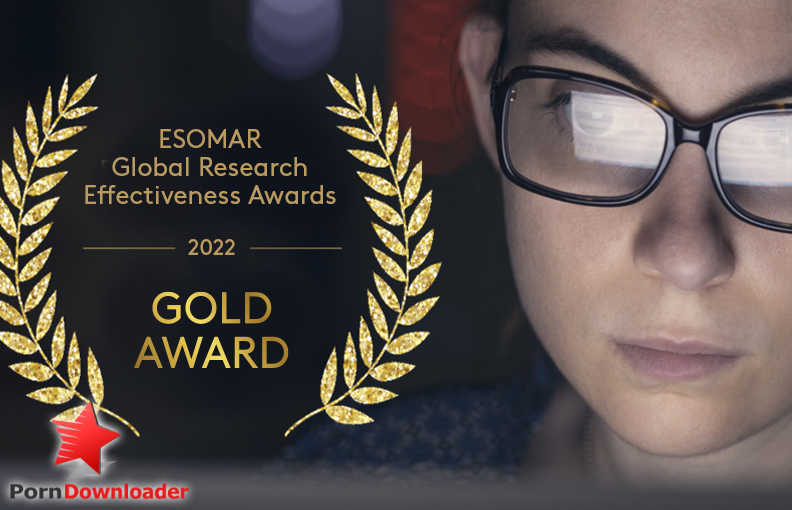Exploring the Lines Between Pornography and Art
Introduction
The intersection of pornography and art has been a topic of much debate and controversy for centuries. With its explicit nature, pornography has long been considered a taboo subject, while art has traditionally been seen as a means of elevating the human experience. However, in recent years, the boundaries between these two seemingly divergent realms have become increasingly blurred. This article aims to delve into the complexities of exploring the lines between pornography and art, examining the evolution of these two forms of expression and the arguments surrounding their intersection.
The Evolution of Pornography and Art
1. A Historical Perspective
Throughout history, erotica and explicit depictions of sexuality have existed in various forms of art. Ancient civilizations such as the Greeks and Romans celebrated the human form, often depicting nudity and sexuality in their sculptures and paintings. Renaissance artists like Michelangelo and Titian also explored erotic themes in their works, challenging societal norms and pushing the boundaries of acceptability.
Examples:
– The statue of the “Venus of Willendorf” from the Paleolithic era, believed to be a fertility symbol.
– The erotic frescoes found at the ancient Roman town of Pompeii.
2. The Rise of the Pornographic Industry
The advent of photography and the subsequent rise of the pornographic industry in the 20th century brought explicit sexual content to the masses. With the proliferation of adult magazines, films, and websites, pornography became more accessible than ever before. This accessibility, however, also led to concerns about exploitation, objectification, and the ethical implications of consuming such content.
Examples:
– On the legal front, the 1973 landmark Supreme Court case “Miller v. California” established the “Miller Test” for determining obscenity.
– In the 21st century, the Internet revolutionized the pornography industry, making it a multi-billion dollar business.
Debating the Boundaries
1. Objectification and Exploitation
One of the primary arguments against the overlap between pornography and art is the objectification and exploitation of the individuals portrayed. Critics argue that pornography reduces humans to mere sexual objects, perpetuating harmful stereotypes and contributing to a culture of exploitation. Art, on the other hand, seeks to convey complex themes and emotions, often with deeper societal or cultural significance.
Examples:
– The controversial work of photographer Helmut Newton, known for his provocative and often explicit fashion photography.
– The feminist art movement of the 1970s, which challenged traditional depictions of women and sought to reclaim the female body from the male gaze.
2. Freedom of Expression
Supporters of the convergence between pornography and art emphasize the importance of freedom of expression. They argue that both pornography and art fall under the umbrella of protected speech, and that limiting artistic exploration based on subject matter or explicit content would be a violation of individual rights. Moreover, they contend that art, even when exploring explicit themes, has the potential to challenge societal norms and provoke meaningful dialogue.
Examples:
– The controversial photography of Robert Mapplethorpe, known for his explicit and often homoerotic depictions.
– The theatrical performances of Karen Finley, who incorporated sexuality and nudity into her art as a means of challenging conservative values.
Conclusion
The relationship between pornography and art is a complex and nuanced one. While they may initially seem incompatible, a deeper examination reveals that both share common ground in terms of creative expression and pushing societal boundaries. The debate surrounding the lines between pornography and art is likely to continue, as society’s perceptions and attitudes evolve. It is vital to foster open and respectful discussions that explore the nuances and complexities of this intersection.
FAQs (Frequently Asked Questions)
1. Is pornography considered art?
– The classification of pornography as art is subjective and varies based on individual perspectives. Some argue that certain forms of pornography can possess artistic qualities, while others maintain that its primary purpose is sexual gratification.
2. Can art with sexual themes be considered pornography?
– Art with sexual themes can exist within a gray area, often depending on the intent and context behind the creation. While some may label such works as pornography, others may view them as explorations of human sexuality or social commentary.
3. How can we differentiate between pornography and art?
– Differentiating between pornography and art can be challenging as the distinction is often subjective. Factors such as intent, context, and artistic merit are often taken into account when attempting to make this differentiation.
4. What are the potential ethical concerns of consuming pornography as art?
– Ethical concerns regarding pornography consumed as art include issues of consent, objectification, and exploitation. It is essential to consider the potential impact on the individuals involved in the creation of such content.
5. How can the lines between pornography and art continue to evolve?
– As societal attitudes and values change, so too will the boundaries between pornography and art. Continued discussions, critical analysis, and a broader understanding of diverse perspectives are crucial in exploring and redefining these lines.
6. Are there any legal implications associated with the convergence of pornography and art?
– The legal implications of the convergence between pornography and art can differ based on regional laws and regulations. In some jurisdictions, obscenity laws may be applied to explicit artistic works, while others may protect artistic expression under freedom of speech and artistic freedom.
7. What role does censorship play in the debate?
– Censorship often arises as a contentious issue in the debate surrounding pornography and art. While some argue for restrictions or limitations on explicit content, others advocate for the protection of artistic freedom and the right to individual expression.
8. Are there any historical examples of explicit art challenging societal norms?
– Many historical examples exist wherein explicit art has challenged societal norms. The works of artists such as Gustave Courbet, Egon Schiele, and Frida Kahlo have been considered provocative for their time, offering alternative perspectives on sexuality and the human form.
9. Can pornography be used as a form of artistic expression?
– Some argue that pornography can be a valid form of artistic expression, combining elements of aesthetics, storytelling, and emotional provocation. However, its acceptance as art largely depends on personal and cultural interpretations.
10. What role does the viewer’s perception play in determining whether something is pornography or art?
– The viewer’s perception plays a significant role in determining whether something is perceived as pornography or art. Individual beliefs, cultural backgrounds, and personal biases can heavily influence how one interprets and categorizes explicit imagery or content.


